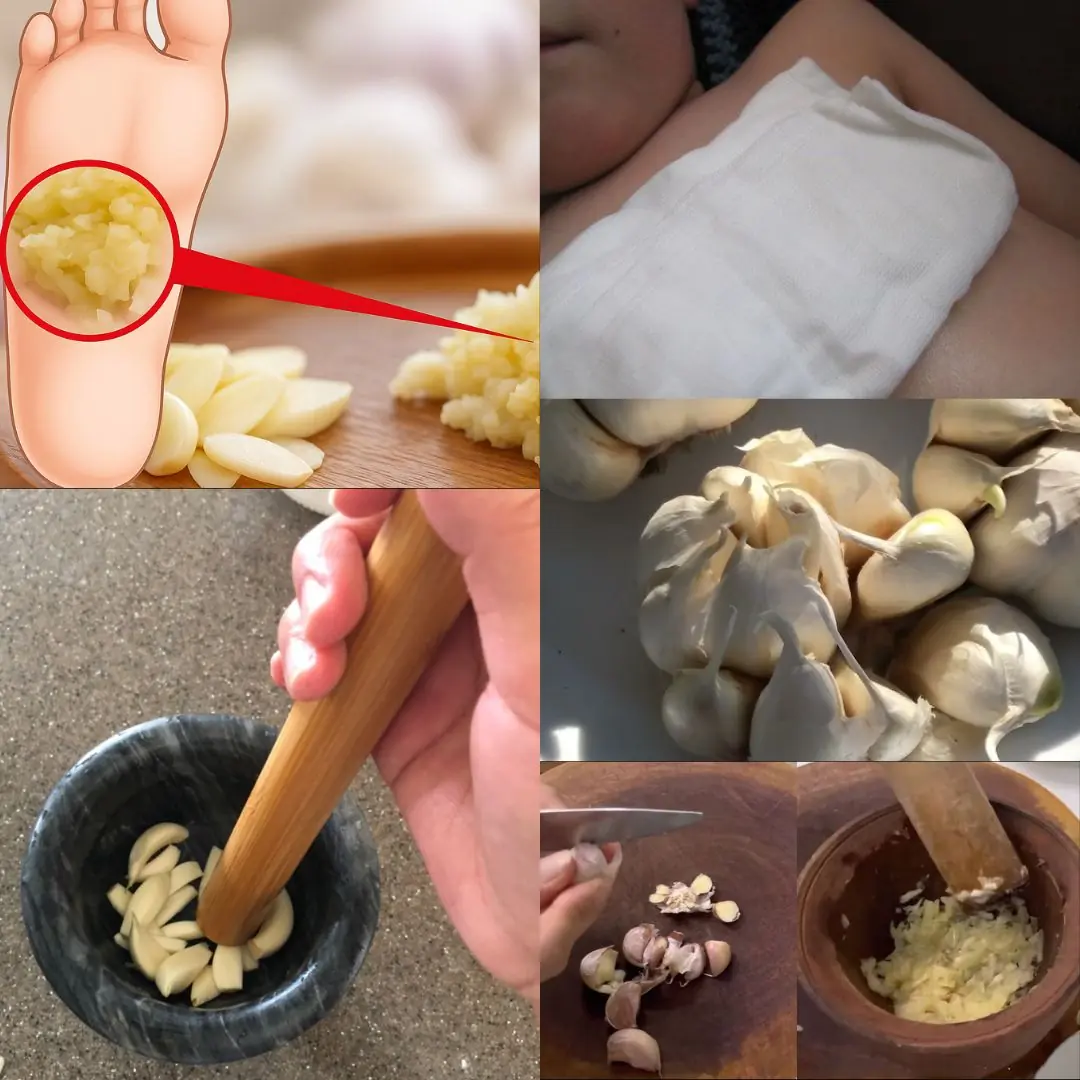
Everyday Emergencies: Small First-Aid Tricks That Could Save a Life
Life can surprise us with sudden problems — choking, neck pain, muscle cramps, or numb legs.
While these moments often pass quickly, reacting correctly within seconds can make all the difference between relief and serious harm.
Here are some simple, science-backed first-aid responses that everyone should know — practical knowledge that could literally save a life.
🫁 1. When Someone Is Choking — Encourage Coughing or Perform the Heimlich Maneuver
In the U.S., a 5-year-old boy once saved his grandmother who was choking on jelly by staying calm and telling her to raise her arms.
Although raising arms may help someone breathe easier, the medically proven response is the Heimlich maneuver.
✅ What to Do:
-
Ask if the person can speak or cough.
If they can, encourage them to cough forcefully. -
If they cannot breathe or speak:
Stand behind them, place your hands around their waist, make a fist just above the navel, and thrust sharply inward and upward. -
If the victim is a child: kneel behind them and do the same motion gently.
Source: American Red Cross, First Aid for Choking (2024)
Never hit the person’s back or make them drink water while choking — it can worsen the blockage.
🦴 2. When You Wake Up With a Stiff or Twisted Neck
A “crick in the neck” often happens when we sleep in a bad position or strain our neck muscles.
✅ What to Do:
-
Gently stretch your neck by slowly rotating it side to side, and tilt it forward and backward.
-
Apply a warm compress for 10–15 minutes to relax the muscles.
-
Avoid sudden movements or heavy lifting.
If pain persists for more than two days or spreads to the arm, see a doctor — it could be a pinched nerve.
Source: Mayo Clinic, Neck Pain Self-Care, 2023
🦵 3. When You Get a Muscle Cramp
If your calf or foot suddenly cramps:
✅ What to Do:
-
Stop what you’re doing and gently stretch the muscle.
-
For a calf cramp, straighten your leg and pull your toes upward toward your head.
-
Massage the area and apply warmth.
Raising the opposite arm, as some people believe, may create a mild reflex distraction, but it’s not a medical cure. Hydration and stretching are key.
Source: Cleveland Clinic, Muscle Cramps, 2024
🦶 4. When Your Leg “Falls Asleep” (Numbness)
Temporary numbness usually happens when blood flow or nerve signals are restricted.
✅ What to Do:
-
Move gently — flex and extend your foot or wiggle your toes.
-
Stand up and walk slowly to restore circulation.
-
Shake your arms or legs to improve blood flow.
If numbness lasts longer than a few minutes or happens frequently, it might indicate nerve compression or diabetes — seek medical advice.
Source: Harvard Health Publishing, 2024
⚕️ 5. Forget the “Needle Prick” Myth — What to Actually Do in a Stroke or Cardiac Arrest
Many online tips claim that pricking someone’s fingers or earlobes with a needle can “release bad blood” or “revive” them from stroke or cardiac arrest.
This method is dangerous and completely ineffective.
🚫 Never:
-
Pierce the skin or draw blood during a stroke or collapse.
-
Delay calling emergency services to try home remedies.
✅ Instead, Do This:
-
Call emergency number immediately (115 in Vietnam, 911 in the U.S.)
-
For suspected stroke:
-
Use the FAST test:
-
Face drooping
-
Arm weakness
-
Speech difficulty
-
Time to call help
-
-
Keep the patient lying on their side with head slightly elevated.
-
-
For cardiac arrest:
-
Check for breathing and pulse.
-
If absent, start CPR (30 chest compressions + 2 rescue breaths) until help arrives.
-
Source: American Heart Association (AHA), CPR and First Aid Guidelines, 2024
These scientifically proven steps save thousands of lives each year — unlike unverified folk methods.
🧠 Final Thoughts
Everyday knowledge can truly be lifesaving — but only if it’s based on evidence.
Simple actions like staying calm, ensuring safety, and calling for help are more powerful than any “miracle trick.”
Equip yourself and your family with first-aid basics — choking relief, CPR, and how to recognize a stroke. Because when emergencies strike, the right 30 seconds of action can save a life.
News in the same category


GTA 6 price set to soar for country of 130M people ahead of May 2026 release

Shaq’s Son Shaqir Pulls a $130K Stunt at Dad’s Expense. Here’s What He Did
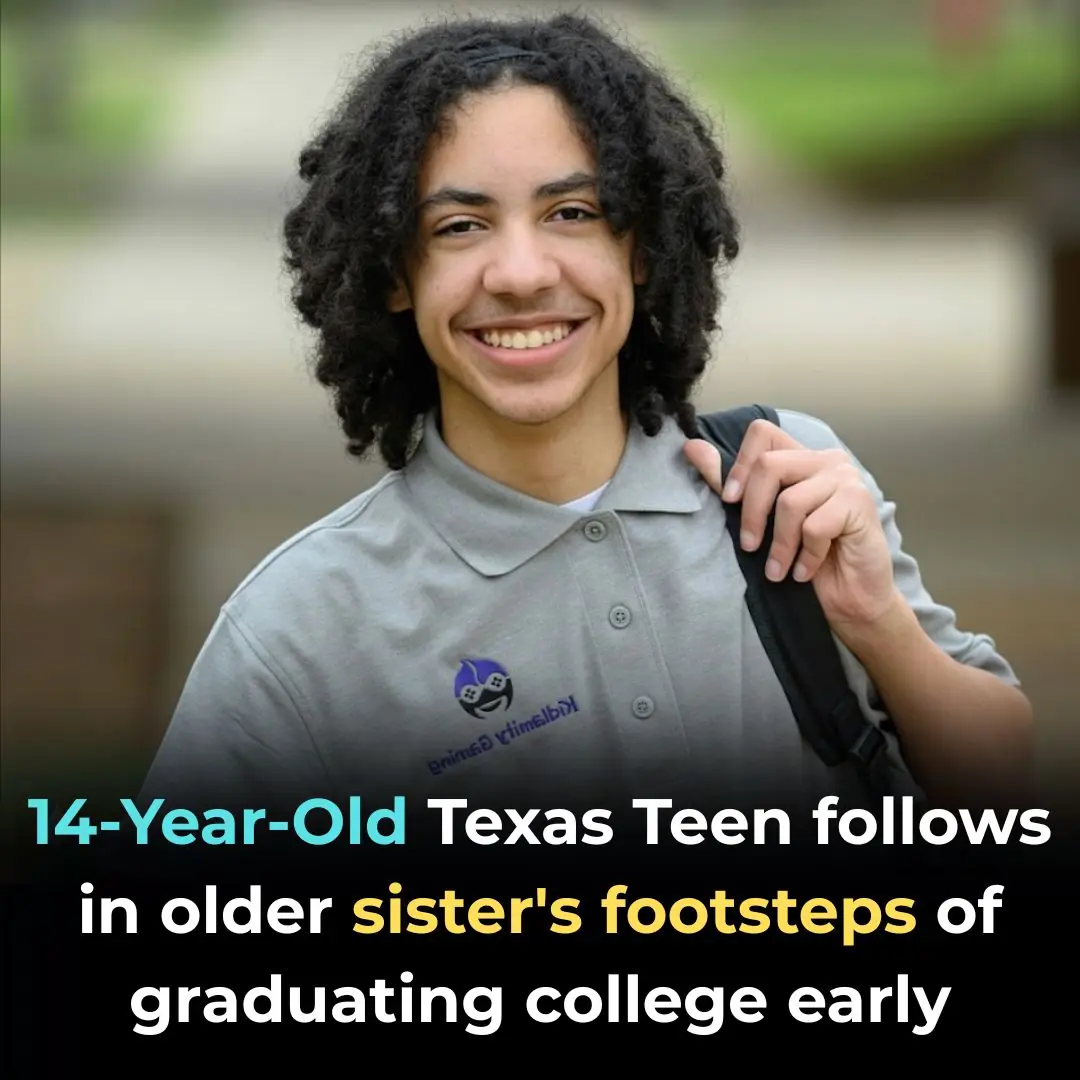
14-Year-Old Texas Teen Follows In Older Sister’s Footsteps Of Graduating College Early
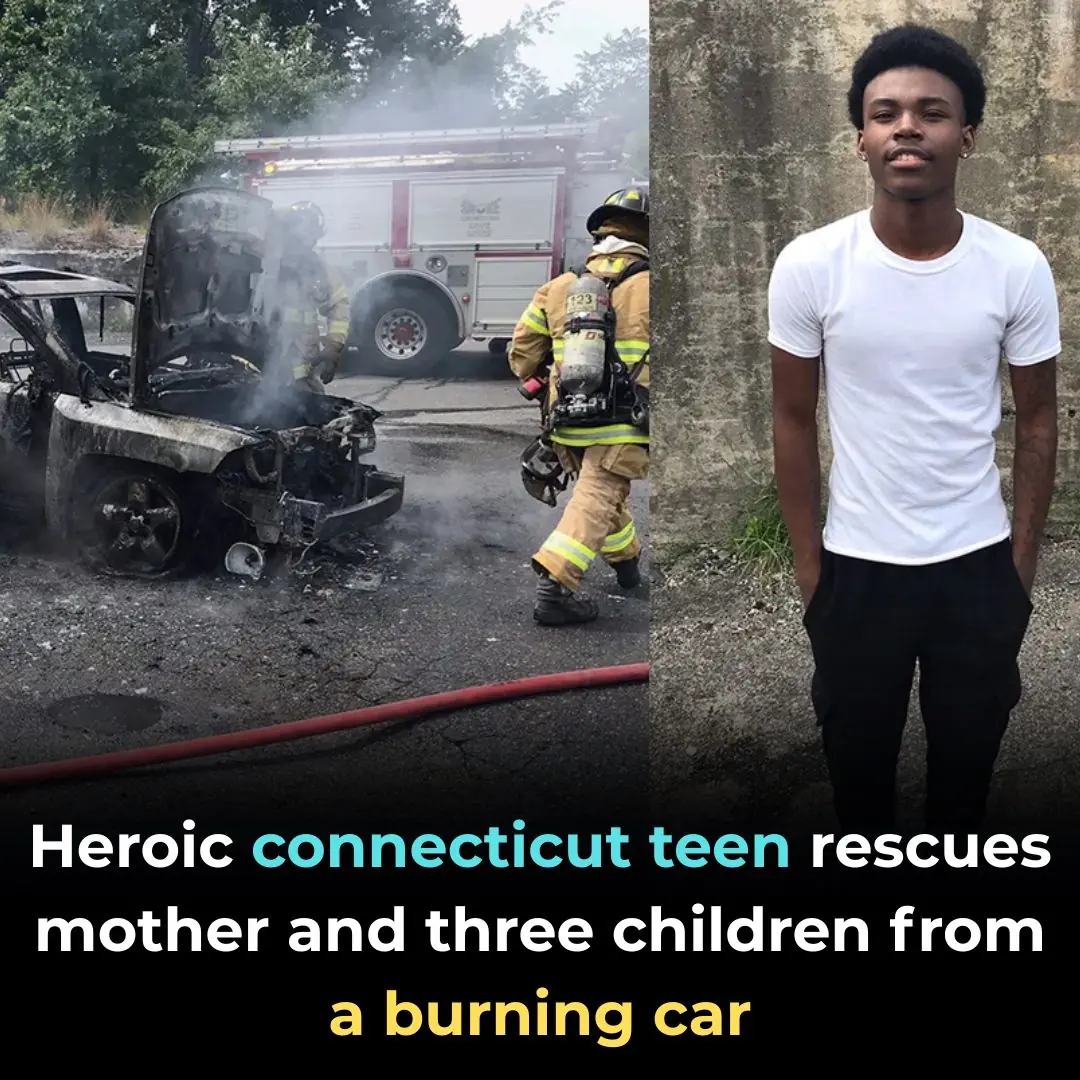
Heroic Connecticut Teen Rescues Mother and Three Children From A Burning Car

Black-Owned Social Platform ‘SPILL’ Launches Equity Crowdfunding Round for Users

11-Year-Old Uses Money From Lemonade Stand To Donate 22,000 Diapers To Single Mothers
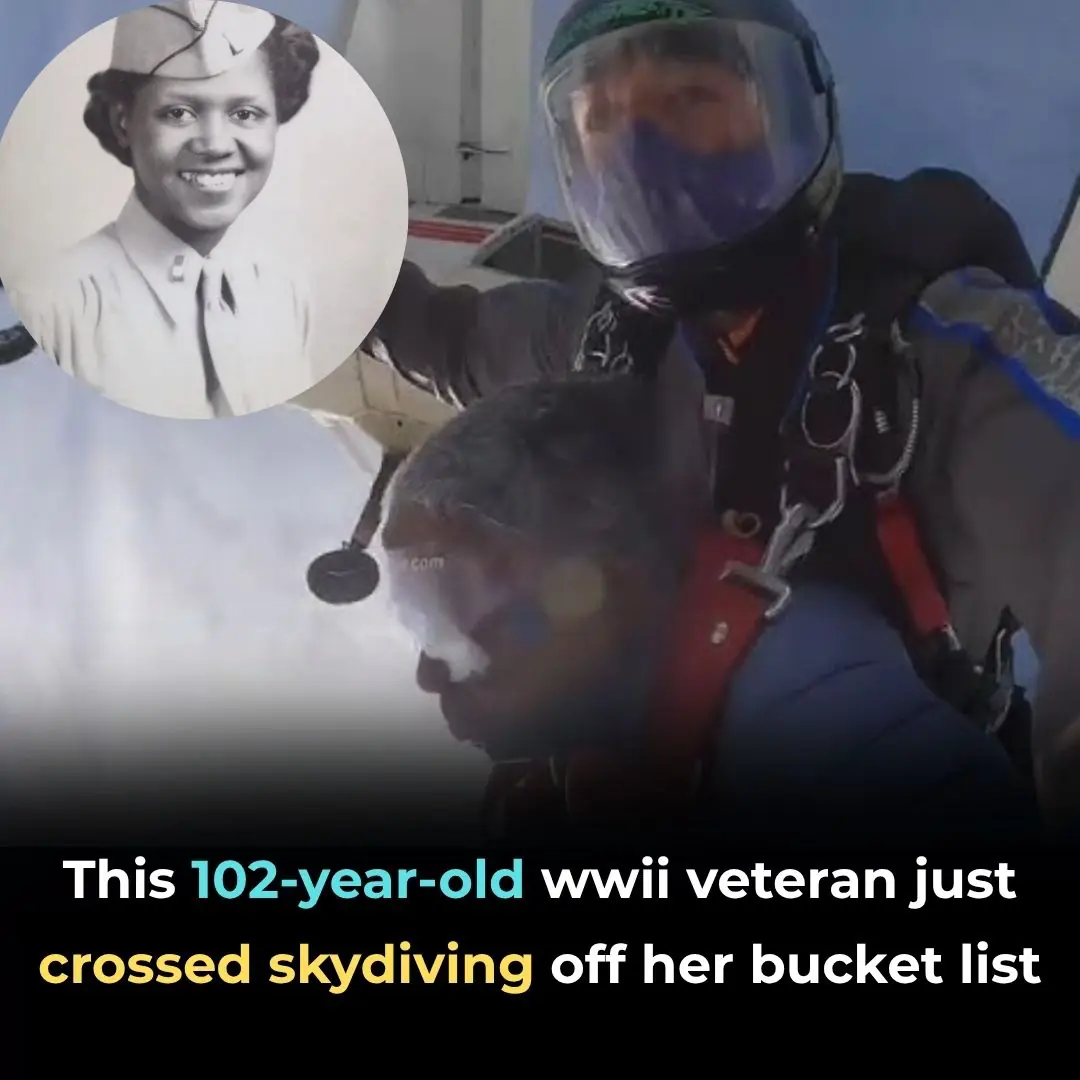
This 102-Year-Old WWII Veteran Just Crossed Skydiving Off Her Bucket List

8-Year-Old Choreographs His Own Ballet Recital After His Was Cancelled
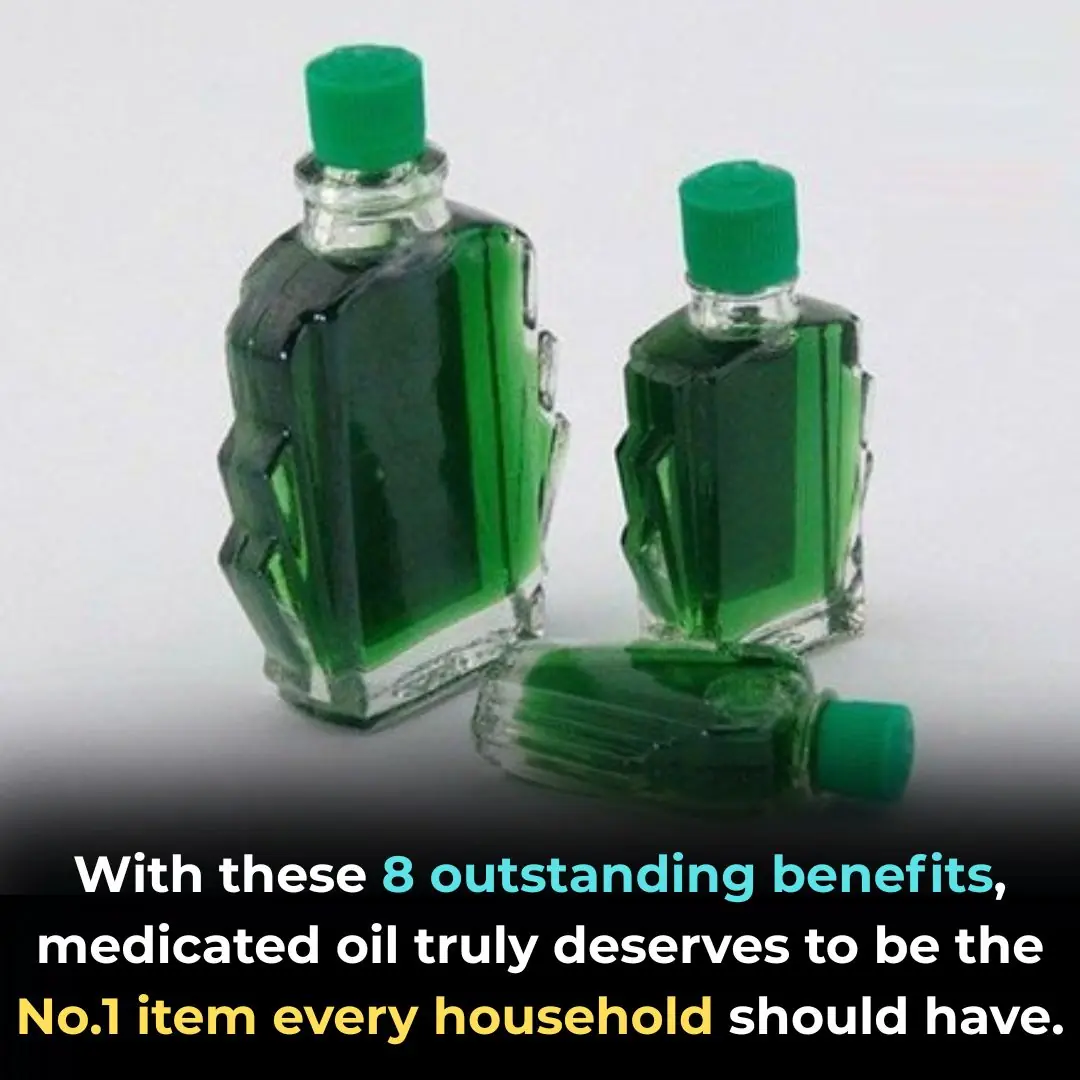
8 Little Miracles Starting from One Drop of Balm (Menthol/Oil) — Many People Have It but Don’t Know How to Use It
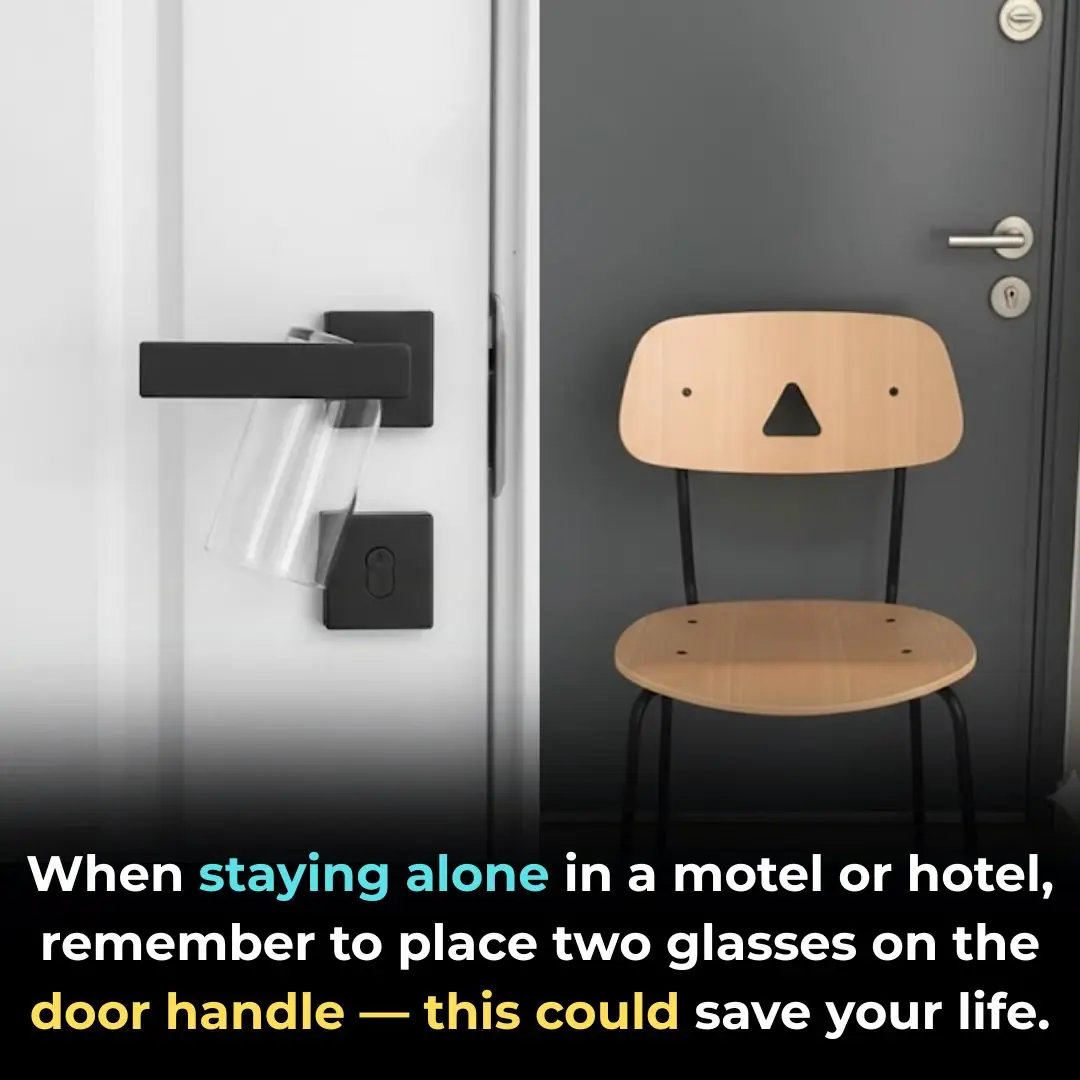
Place Two Cups at Your Hotel Door — It Brings a Special Benefit Everyone Should Try
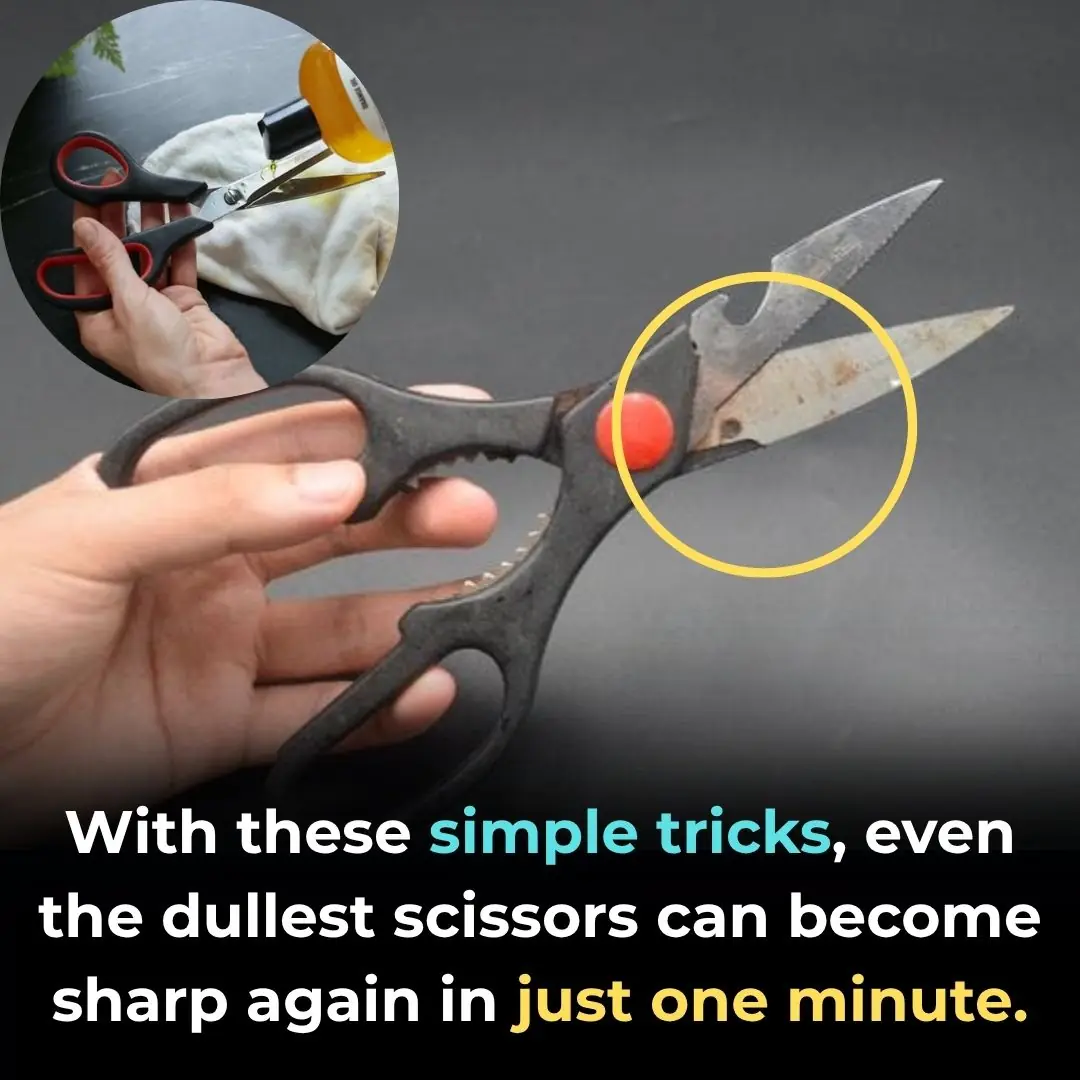
Don’t Use a Whetstone! Try This Simple Trick to Make Your Dull Scissors Sharp as New

If You See These 4 Signs in Bean Sprouts, Don’t Bring Them Home — No Matter How Cheap!
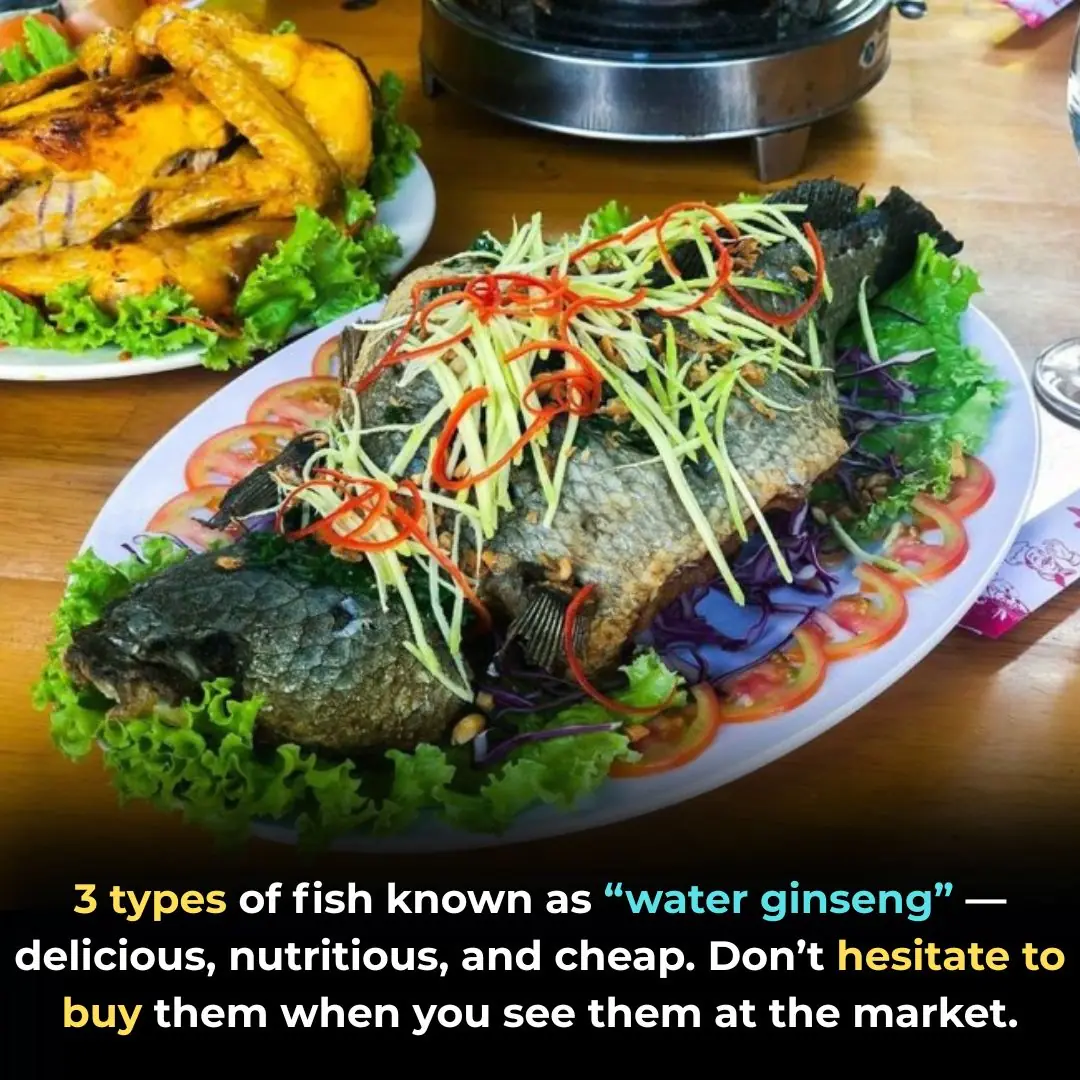
3 Fish Hailed as “Underwater Ginseng”: Delicious – Nutritious – Affordable — See Them at the Market? Don’t Hesitate to Buy

Doctors Identify “Culprits”: 6 Everyday Food Groups That Mothers Feed Their Kids — Pay Close Attention!

‘Jealousy Is a Powerful Emotion’: Cam Newton Says Drake Maye Is Not Top 5 QB. Patriots Fans Accuse Cam Of Hating Because He Failed To Replace Tom Brady

Delta Sigma Theta Co-founder Osceola Macarthy Adams to Receive Historical Marker in Hometown of Albany, GA

Denzel Washington’s ‘Othello’ Makes Broadway History as Highest-Grossing Play Ever

Meet Sister Rosetta Tharpe, The Godmother Of Rock ‘N’ Roll
News Post
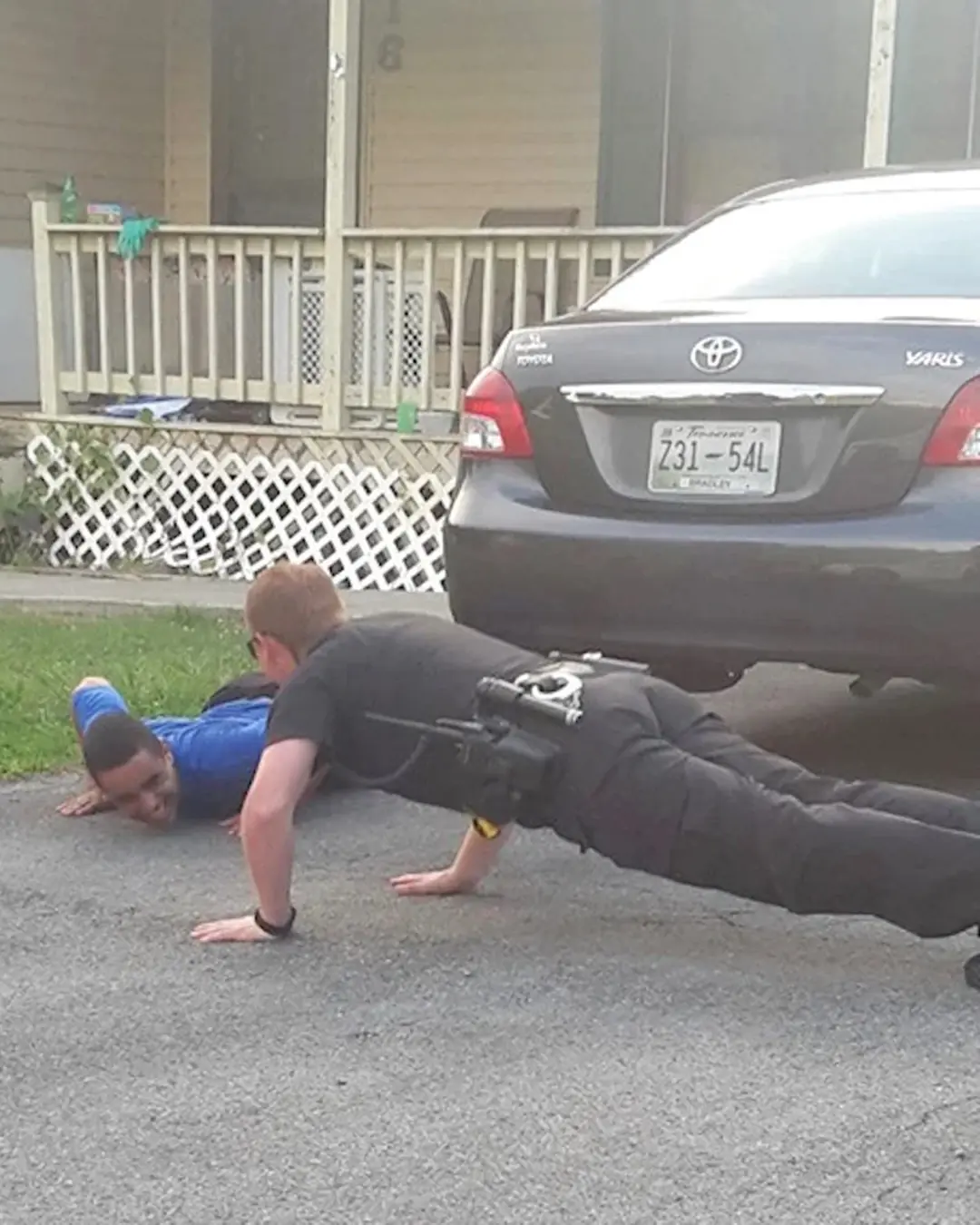
Push-Ups and Kindness: How One Deputy Reached a Boy’s Heart.
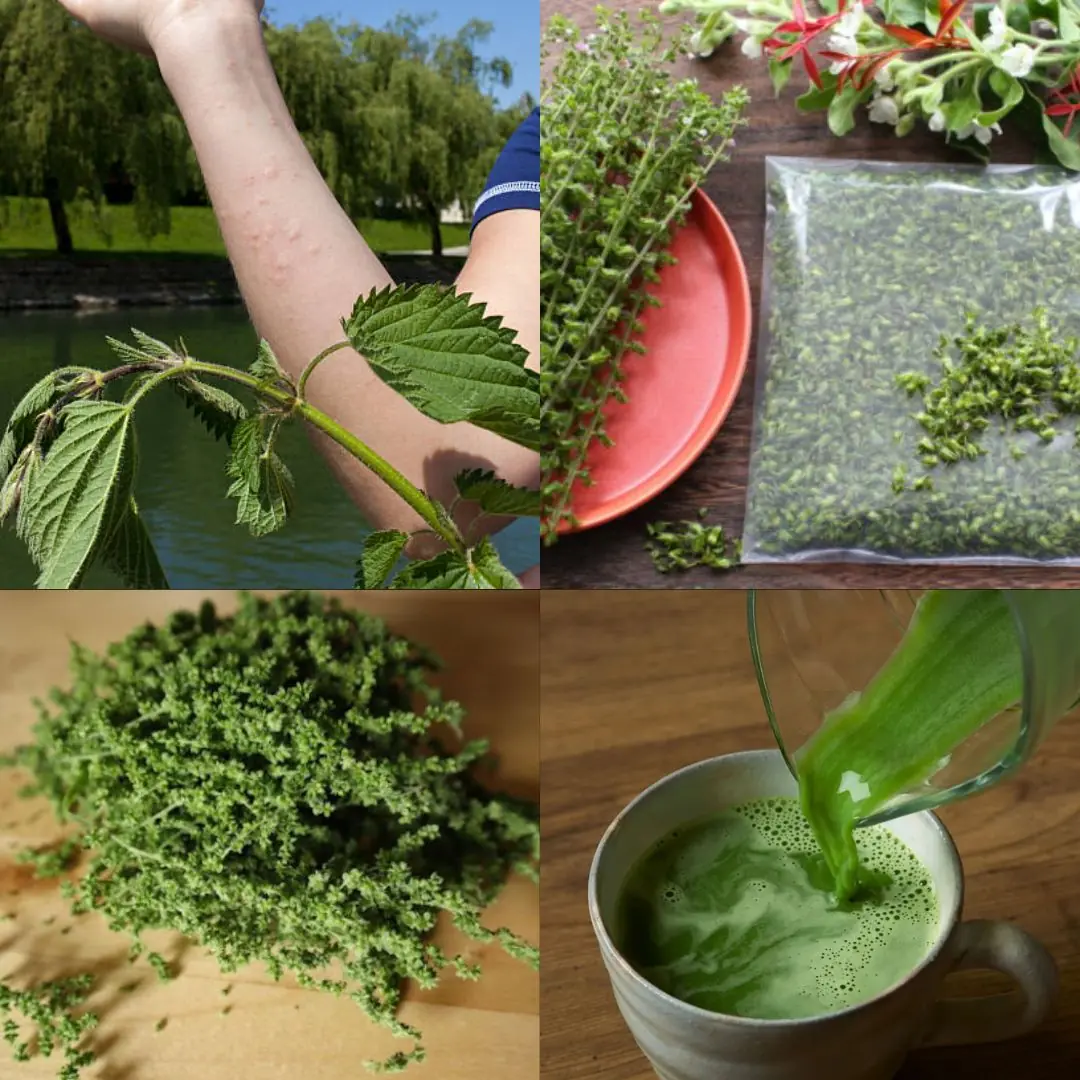
The Power of Urtica dioica: Natural Relief for Joint Pain, Arthritis, and Inflammation

The Woman at the Post Office: A Lesson in Beauty and Humanity.

James Spann: A Birthday, An Anniversary, and a Lifetime of Love
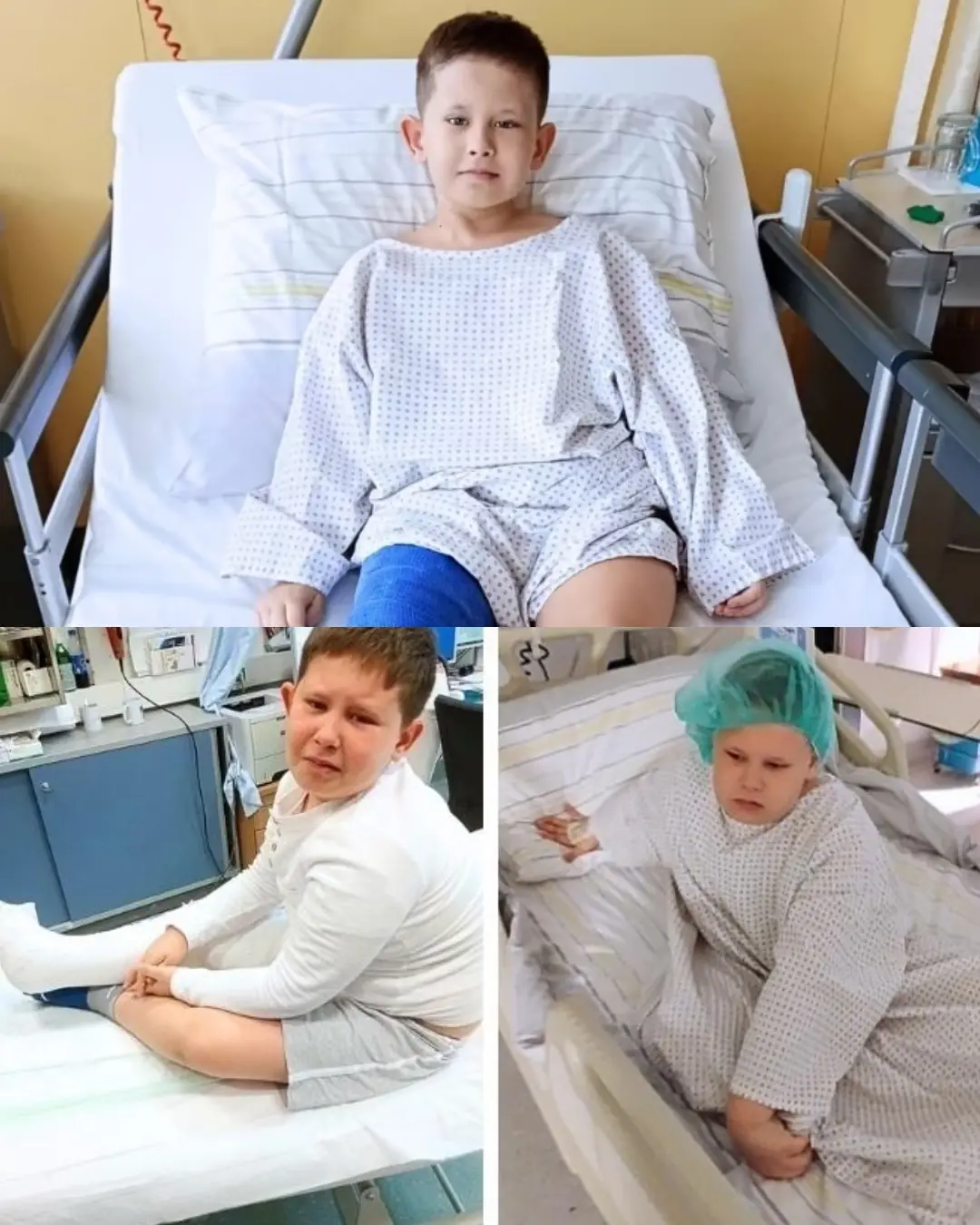
“For Alan” — A Family’s Fight Against Hemimelia

A Simple Breakfast, a Powerful Reminder: Strangers Bridge the Divide with Kindness
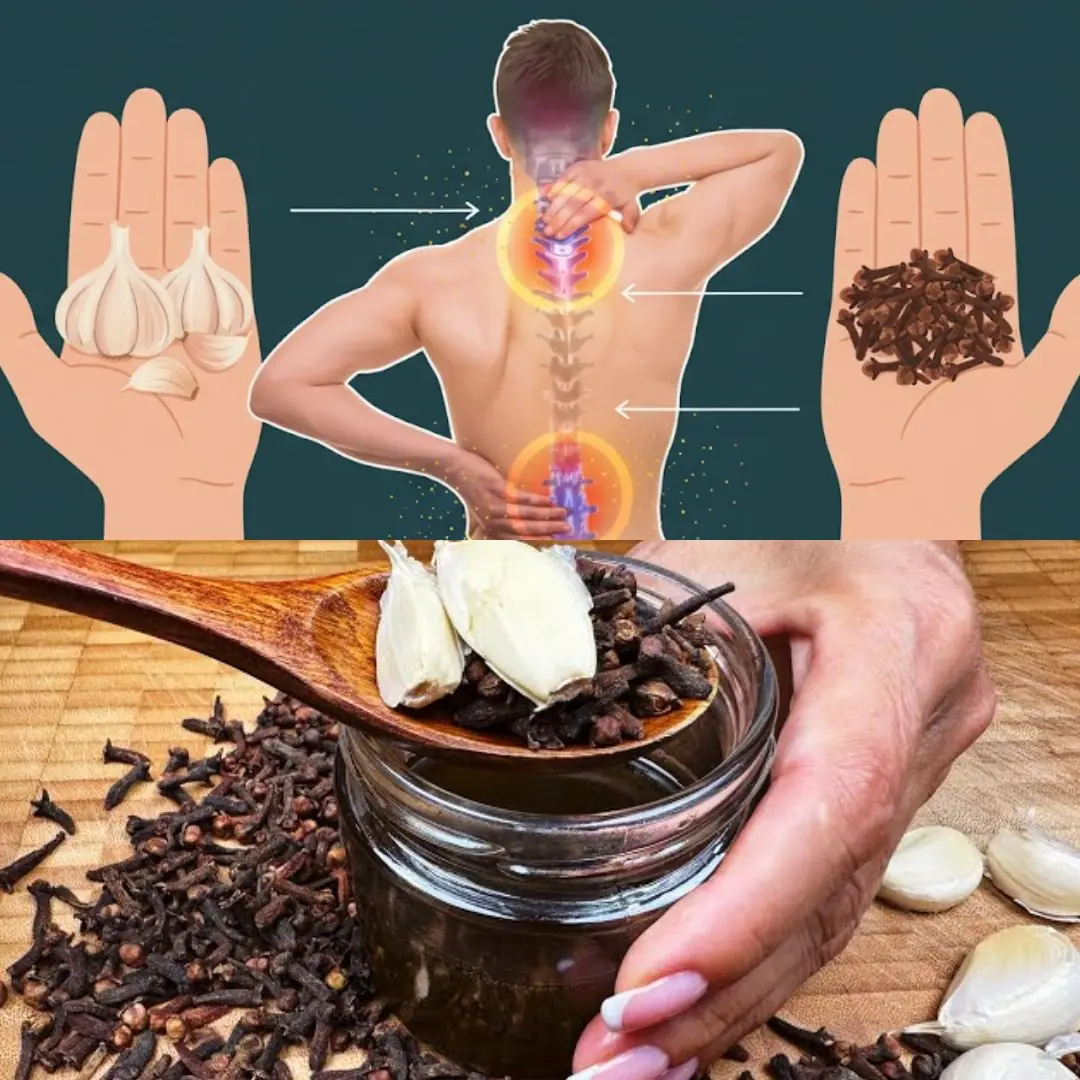
Garlic, Honey, and Cloves – a powerful natural remedy packed with health benefits
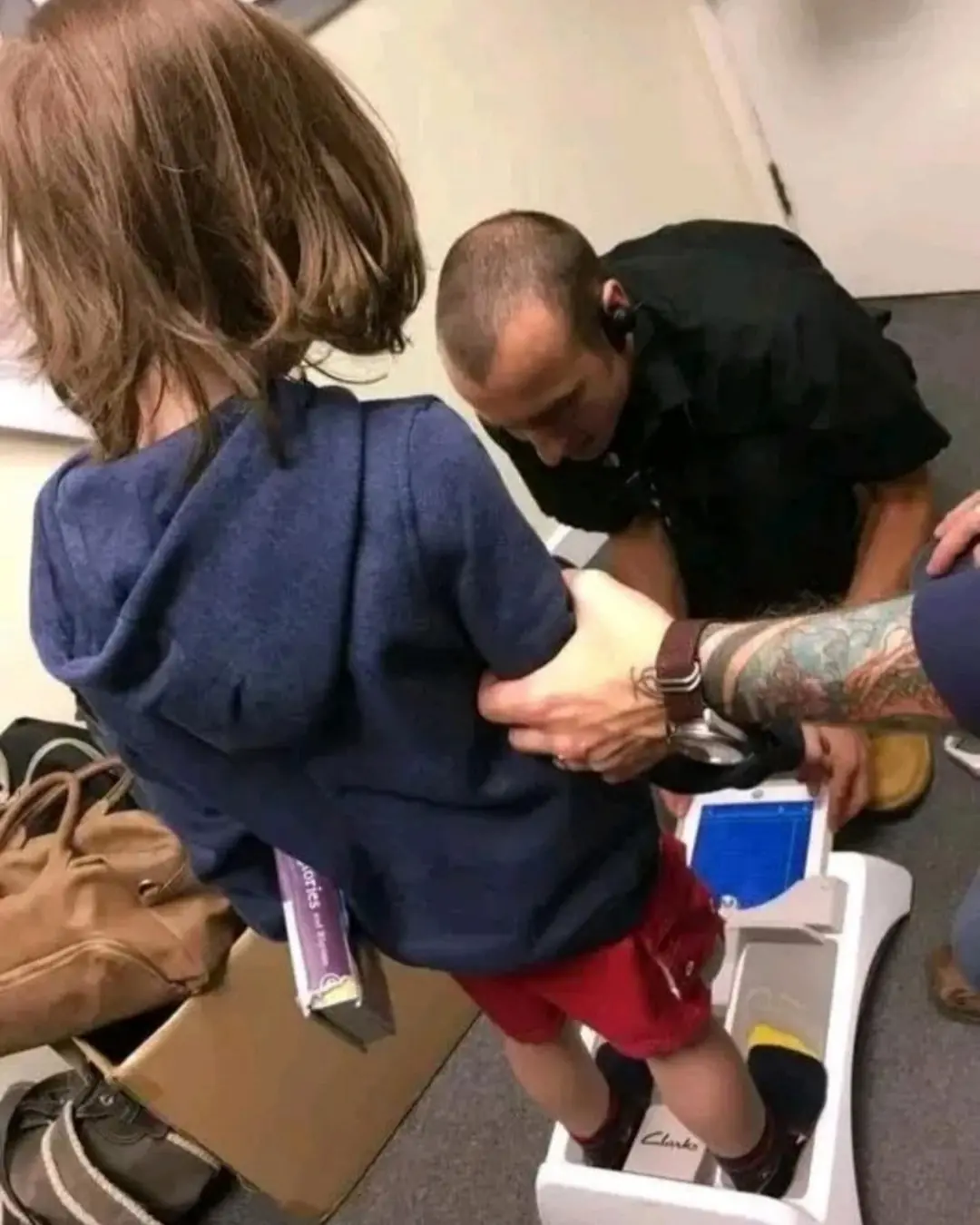
A Quiet Room, a Kind Heart, and a Pair of Shoes

From Fear to Home: A Shelter Dog’s Journey to Love
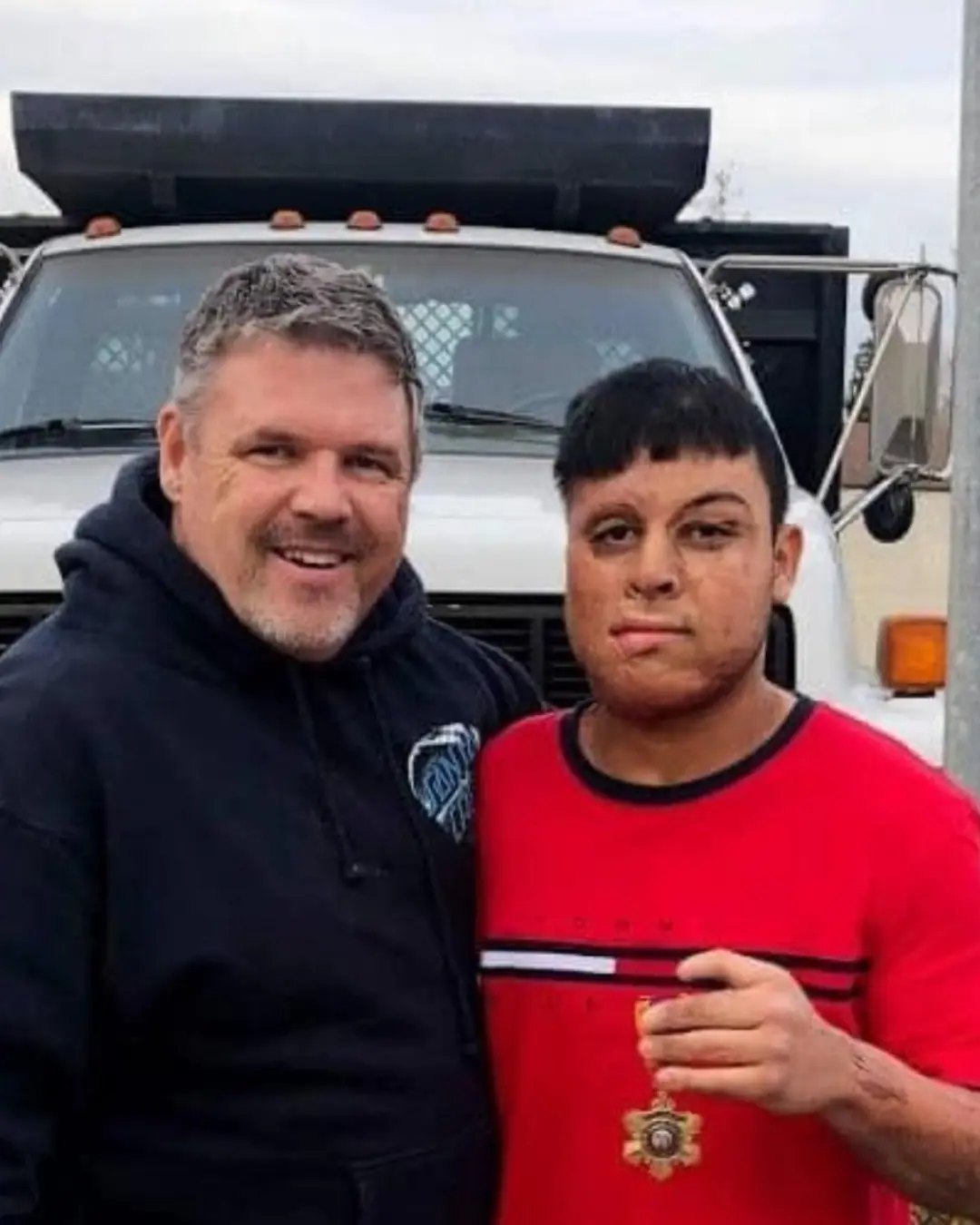
A Chance Encounter in California Reunites Hero and the Boy He Saved 13 Years Ago

The Best Tea for Mornings and After Dinner: A Powerful Blend for Health
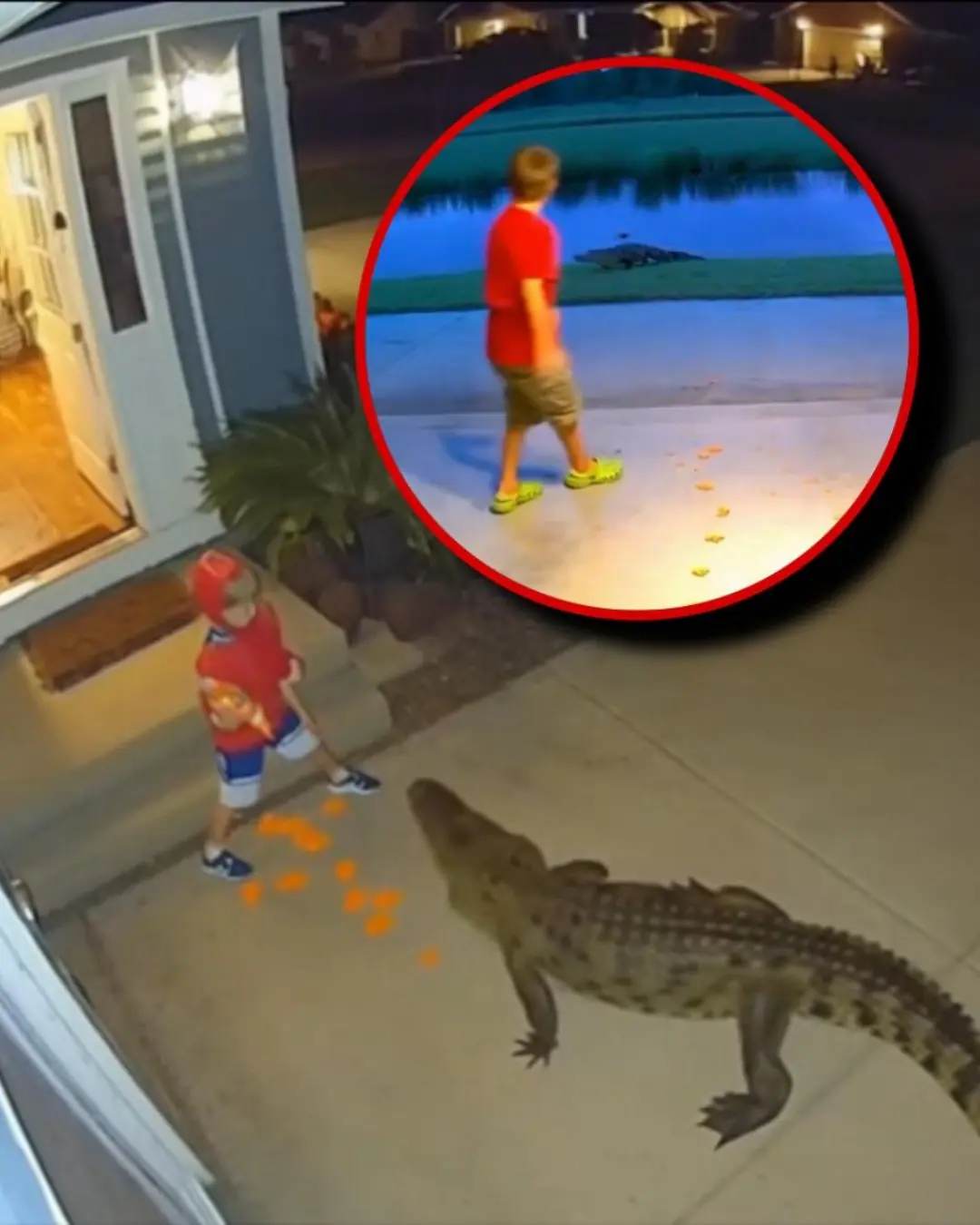
The Goldfish Alligator: A Florida Kid's Wild Attempt at Luring a Reptile

Benefits and Uses of Papaya Flowers Soaked in Honey

The Wiener Dog and the Bear: A Friendship Lost and Found in the Mountains

Papaya releases a milky sap, but most people don’t realize how important it is

Bay Leaf – Nature’s Secret Against Wrinkles and Fine Lines

The Hidden Power of Garlic Bulbils: Nature’s Tiny Healing Pearls

Date Seeds Benefits: The Superfood Ingredient with incredible health benefits

Unlock The Incredible Health Benefits of Garlic, Ginger and Lemon for Men
